 |
| One of the spaces for performing Bai Choi during festivals |
The art heritage of Bài Chòi in Central Vietnam, including Thừa Thiên Huế, was officially recognized by UNESCO as an intangible cultural heritage of humanity. Shortly after being recognized, the province had a project to preserve and promote the value of this art form in the period 2019 - 2023.
Bringing it to school for conservation
One of the hallmarks of this project, according to the Department of Culture and Sports, is to pass on cultural heritage to the younger generation by bringing Bài Chòi into schools. Therefore, the department has coordinated with districts and towns to organize training and instruction on singing, chanting, performance skills, and Bài Chòi clapper playing for hundreds of music teachers and general managers. Bài Chòi heritage has since been integrated into the music curriculum as well as extracurricular programs of schools to introduce and teach to students.
 |
| The art heritage of Bài Chòi in Central Vietnam, including Thua Thien Hue, has been officially recognized by UNESCO as a representative intangible cultural heritage of humanity. |
According to Ms. Nguyen Thi Loi, Specialist of the Department of Cultural Heritage Management - Department of Culture and Sports, bringing the heritage of Bài Chòi into schools is not simply about instructing students to sing and chant Bài Chòi, but also helping them realize the humanistic values hidden in the content of each chant. Through this activity, students are exposed to basic knowledge about Bài Chòi art, watch artists perform Bài Chòi and especially, they can directly participate in Bài Chòi playing festivals, be guided by artists to chant Bài Chòi melodies with a joyful, exciting spirit, playing while learning to create attraction.
“This activity also helps children appreciate and love the heritage of Bài Chòi art, have a passion for Bài Chòi in particular and traditional national music in general. Thereby, fostering in the young generation the aesthetic value and responsibility of the young generation in preserving the national cultural identity, creating continuity for generations in protecting and promoting the heritage that has been recognized by UNESCO as a representative intangible cultural heritage of humanity,” said Ms. Loi.
Over the years, many clubs have been established and have participated in many art festivals and Bai Choi competitions in and outside the province. And from such competitions, artists and actors with potential voices have emerged, not only in terms of voice quality, singing and calling techniques, but also in performing performances with the artist's emotional nuances, bringing emotional effects to the listeners. These new factors were later trained and nurtured more thoroughly to continue in the work of preserving and serving artistic activities related to Bai Choi.
Still at risk of being lost
According to Mr. Phan Thanh Hai, Director of the Department of Culture and Sports, after 5 years of implementation, the work contents set out in the project's roadmap have basically been ensured. However, there are still many concerns, including maintaining a team of quality artisans working in the field of Bài Chòi, which is posing many challenges, especially when the team of artisans is getting older, while the number of artisans, young students, and those who know how to sing Bài Chòi is decreasing, facing the risk of being lost.
It is a fact that the art of Bài Chòi is facing competition with other forms of art, music, games, and modern, high-tech entertainment. The taste for enjoying culture and music of a segment of the population, mostly the young generation, is changing dramatically. Most of the groups and clubs practicing Bài Chòi folklore in the province operate voluntarily. Teaching activities in Bài Chòi clubs are still limited, mainly teaching chants between family members and villagers. Funding to maintain activities is still limited.
“The art of Bài Chòi is gradually fading away, even at risk of disappearing. The generations of artisans who practiced the art of Bài Chòi folklore, considered “living heritages” and “living libraries”, have passed away one by one due to old age, while the younger generation is being attracted to modern games and high-tech games. In particular, the performance space of villages is gradually being distorted under the impact of urbanization, causing the space for practicing the art of Bài Chòi folklore to change,” Mr. Hai worried.
At the 5-year project review meeting, Mr. Phan Thanh Hai also proposed that the Provincial People's Committee continue to extend the project until 2030. In addition, he proposed that the State honor and award the titles of People's Artist and Meritorious Artist to outstanding artists who have contributed to preserving and promoting the heritage of Bai Choi art. Regularly participate in and organize training courses so that Bai Choi artists and cultural managers have the opportunity to improve their performance skills, as well as exchange and learn management experiences between localities and between Bai Choi clubs.
According to Mr. Hai, it is necessary to soon research and promulgate appropriate mechanisms to protect and promote the value of folk bai choi heritage, and specify preferential policies for artisans in this traditional art form.
Source








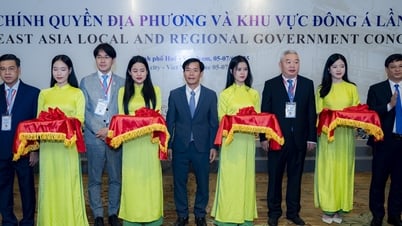

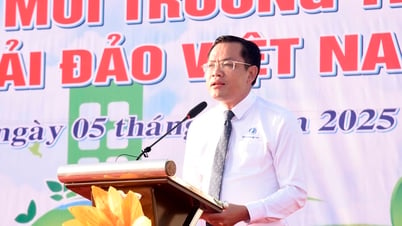

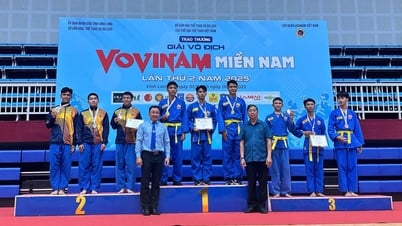
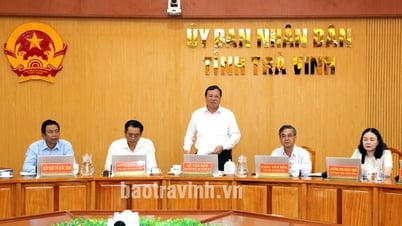









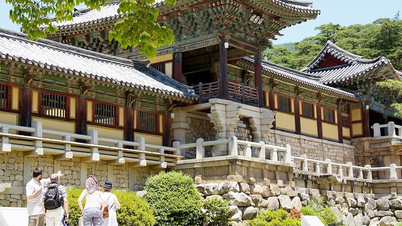
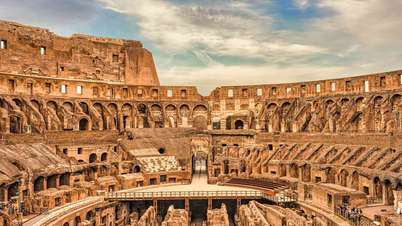





















































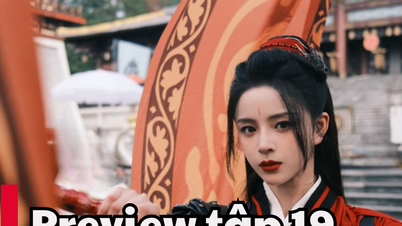












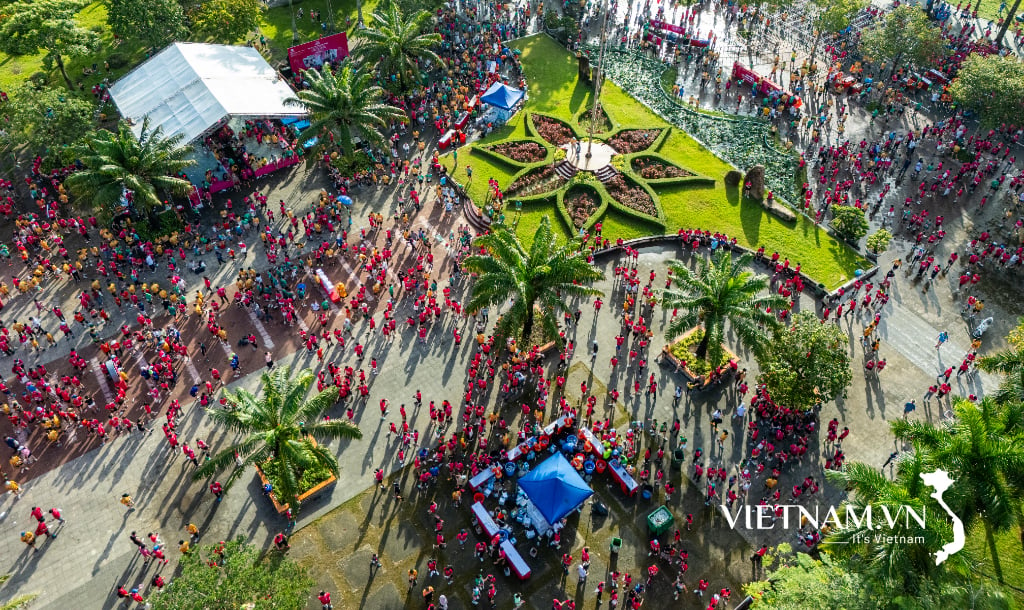
Comment (0)